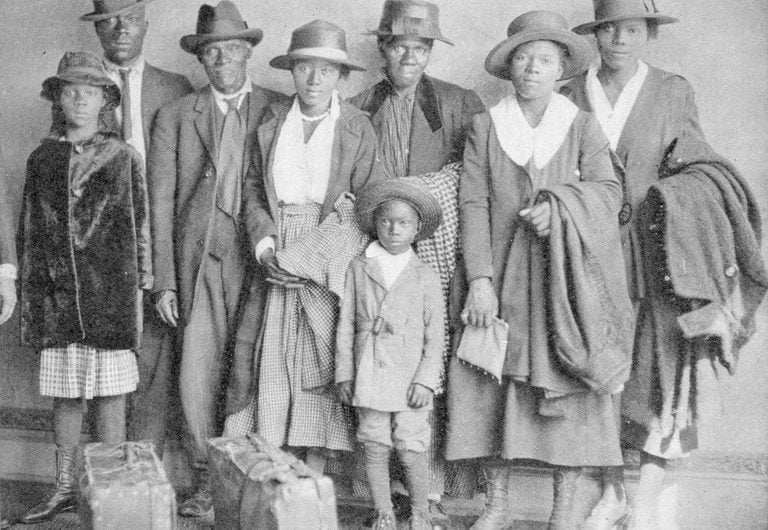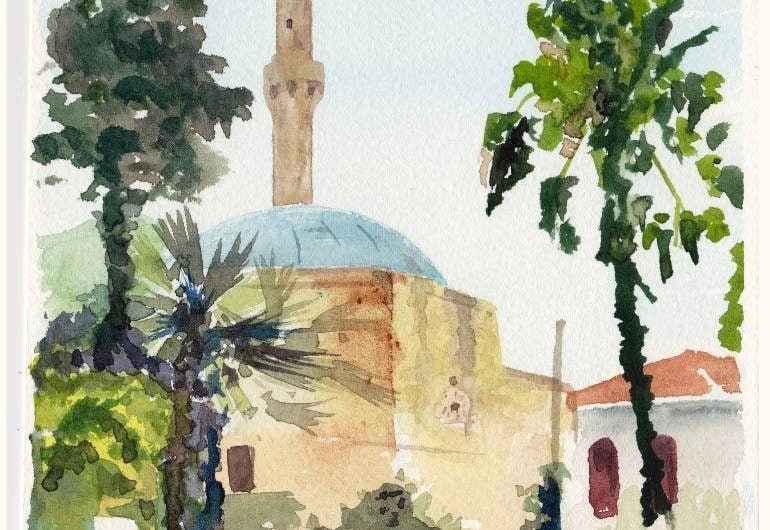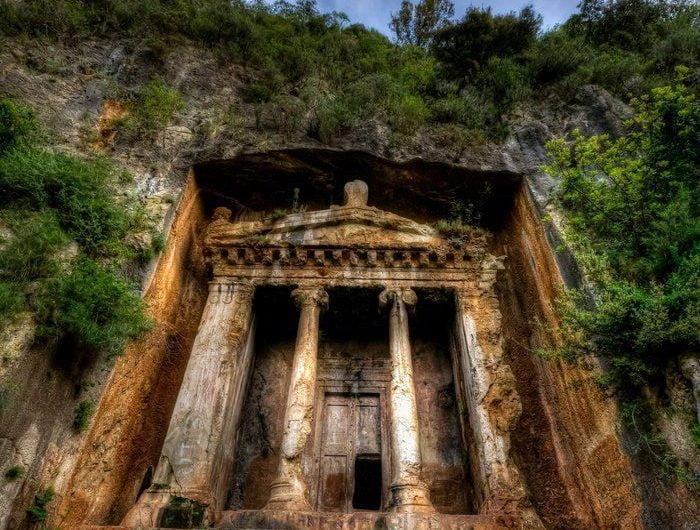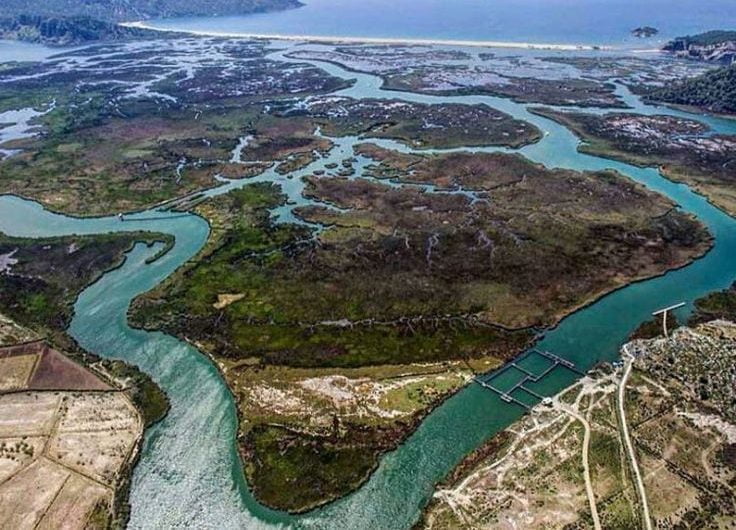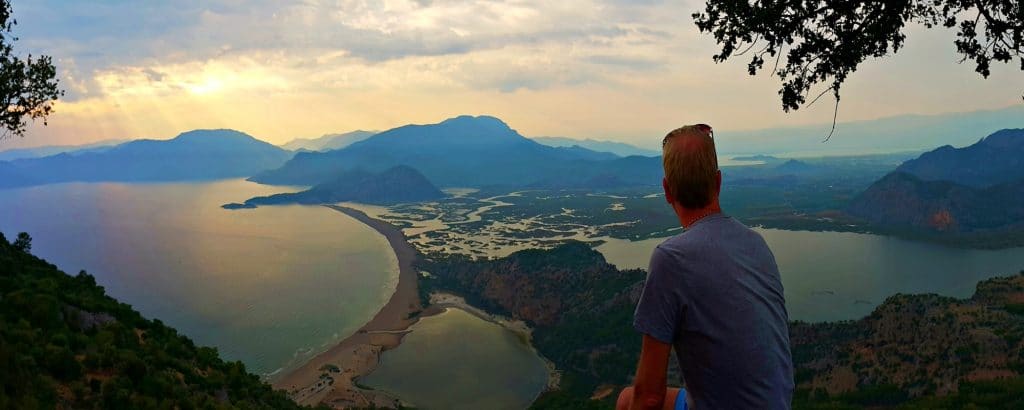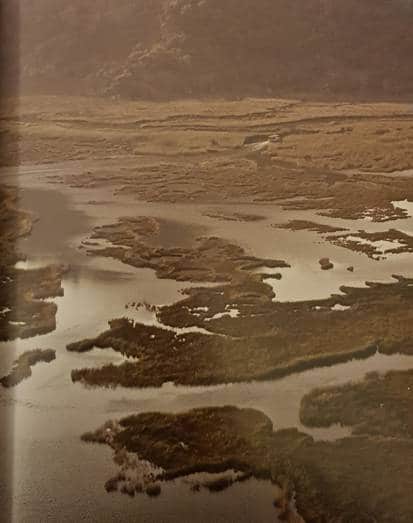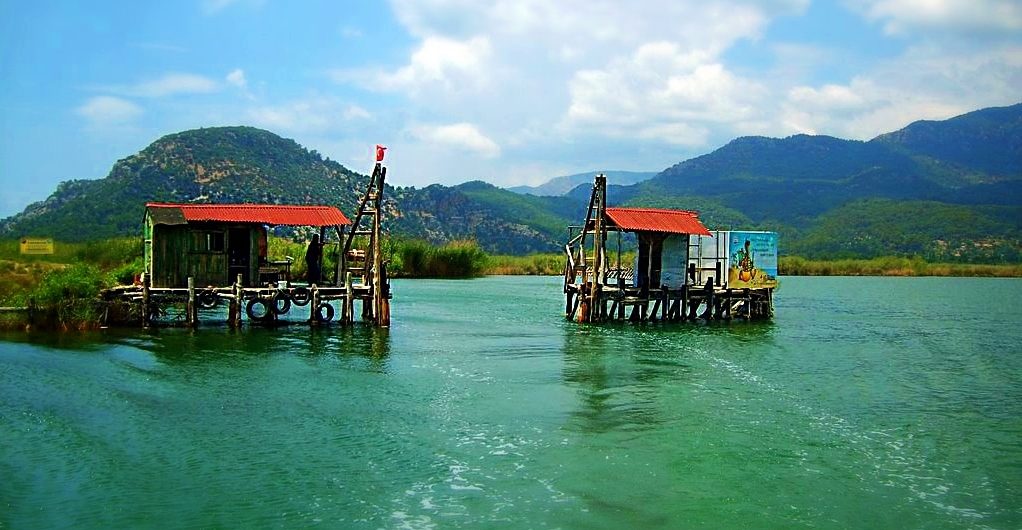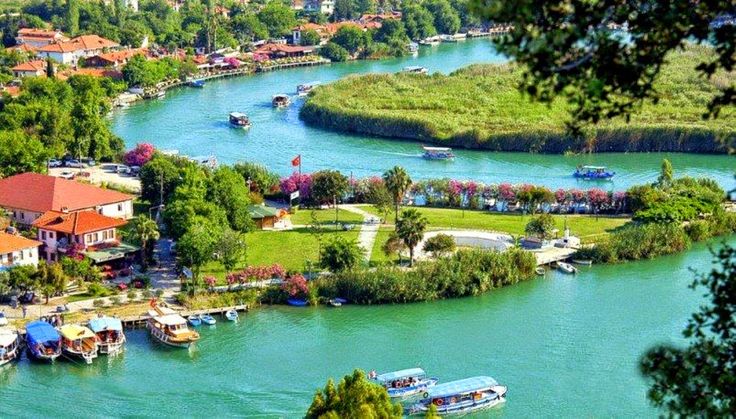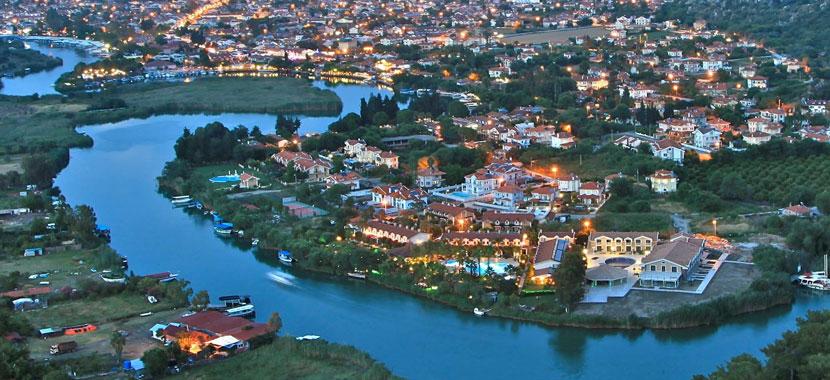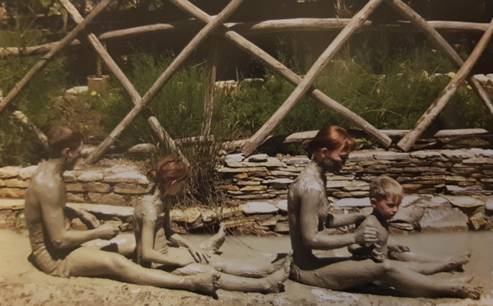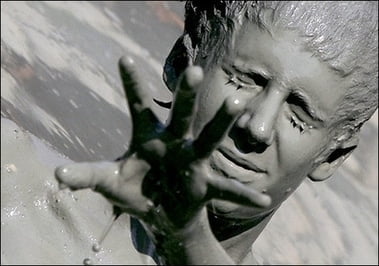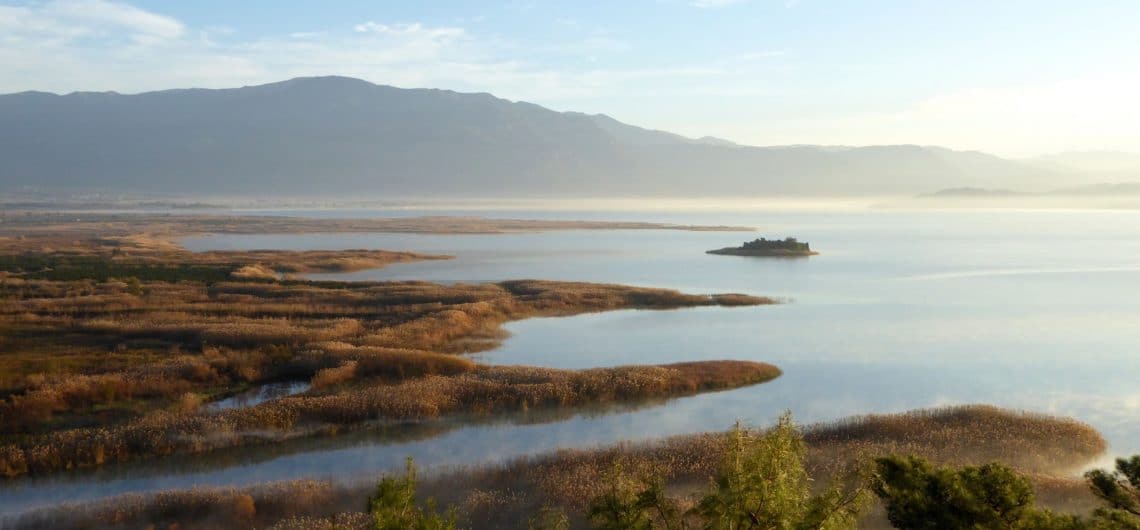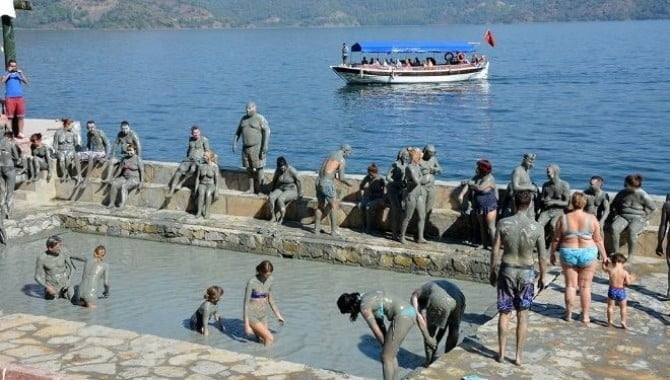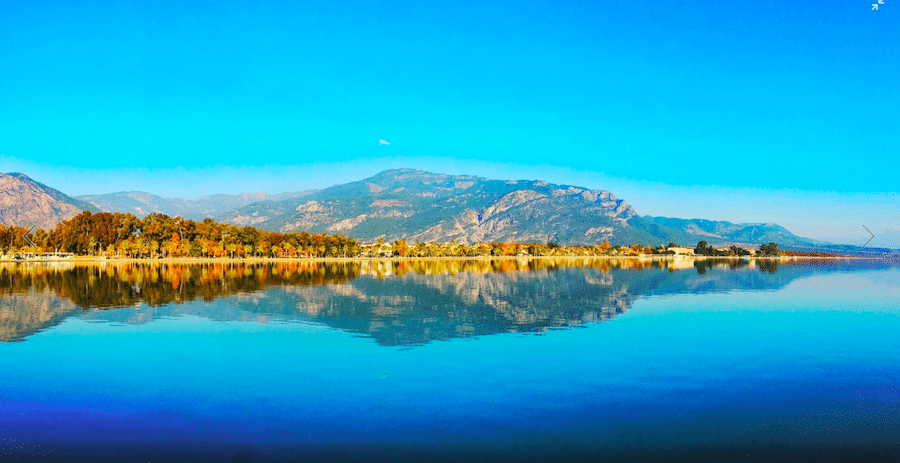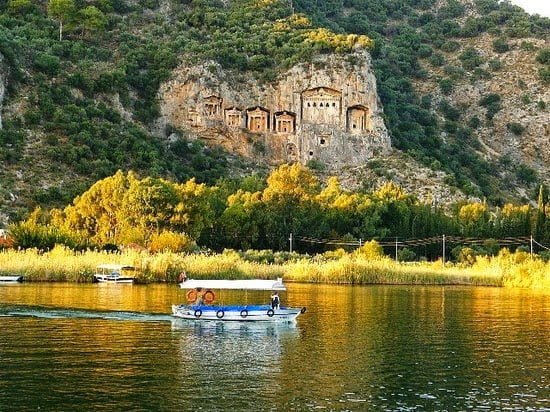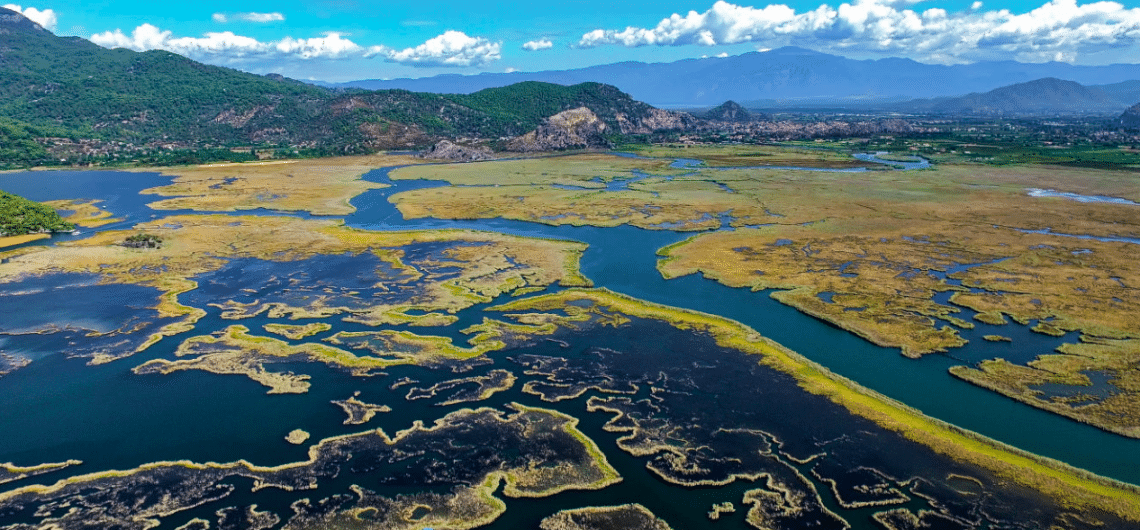In the 18th century large farms were established on miri land in order to meet the alimentary needs of the Ottoman palace, the army and horse breeding industry. The Dalaman Farm, which Sultan Selim III granted to his mother Mihrişah Sultan, was taken under the administration of the Foundations Corporation in 1820 and was purchased by the inheritors of Hacı Ali, Lord of Mugla, in 1836.
Although no ruins of architectural samples dated to before the century have survived, many graves were found during once 16th foundation excavations in the present town of Dalyan. Evid of a large cemetery indicates that there was once a deep-rooted and large settlement here. Another known fact is that in Dalyan, Turks and Greeks lived together until 1924, as is the case with many other coastal settlements of Anatolia.
After Turkish tribes invaded all the Christian lands to the north of Caria in the 1300s, Caunos experienced a severe population decline resulting from the economic implosion of maritime trade. Additionally, a malarial epidemic brought the city to its knees and it was finally abandoned. When the ancient city was heavily damaged by earthquakes, it was covered with earth that then grew a dense vegetation, hiding it from view. Eventually two new settlements budded within the vicinity.
Iztuzu and the Dalyan Gate is the magnificent final of the Köycegiz – Dalyan ecosystem and the place where the Dalyan River meets the Mediterranean. The threshold of this strait is the Delik Island that rises opposite to the Dalyan Gate and is covered with pine trees and scrub. Having a pier and a lighthouse at the side facing the Iztuzu beach, the Delik Island was a point of bearing showing sailors of the antiquity the entrance to the port of Caunos.
Yes, the delta is chaotic, but this incredible land that is in constant flux, reshaped by the divine order, inspires feelings of awe and joy. There are four lakes worthy of exploration, the first of these Sülüklü lake, was once the port of ancient Caunos, and the life blood of its economy. This busy harbour was frequented by the tilted-nosed, square-sailed ships of antiquity and was according to Strabo ‘protected with a chain across its entrance when necessary’.
The fish trap gate opens into an entirely new world. Here begins the Delta where the reeds spread out into a 1700 hectare area, massing like an enormous straw field that roots down to a brackish bed. The contours of the Delta are drawn by the reeds that filter the water through its roots providing a haven for small shrimps (crangon crangon). The young fish function as an important part of the ecosystem, moving like clouds as they travel together. Looking from above, you see this meandering chaos that lacks any describable shape.
Boats travelling from Dalyan to the Iztuzu Beach pass through the gate of a fish trap constructed of gauze stretched between poles, so as to block the fishes from one side to the other. A “Dalyan” in fishing terms, is controlled by a watchman’s post, before boats enter the delta’s labyrinth of reed islets and complicated waterways. It is customary to salute the fish trap watchman while going in and out of this gate, which is sunken below to provide passage for the boats and raised back in place immediately after the boat has passed.
he town of Dalyan has a history that probably dates back to the 13th century, but which received it’s status technically speaking during Süleyman the Magnificent’s Rhodes campaign. More recently, about 30 to 40 years ago, this settlement turned village was almost exclusively dependent on agriculture and fishing for its sustenance.
Spread out all along the river banks, and dotting the Delta like an archipelago, the tall plumes of reeds whisper a very old story in the soft breezes. This is the tragic tale told by Ovid in his masterpiece “The Metamorphoses”, about the birth of the Calbis River and legendary King Caunos, who founded the ancient city named after him.
According to this legend, Caunos and Byblis, twin children of King Milatos, were very attached to each other.
Archaeological research has shown the existence of an ancient sanctuary dedicated to the Goddess Leto in the vicinity of the Sultaniye thermal springs. According to Greek myth Leto, daughter of the Titans Koios and Phoibe, gave birth to the twins Apollo and Artemis of the Greek pantheon following her union with Zeus. The most important cult centre of this mother goddess of Anatolia, especially of the Lycian origin and her two children is the Letoon sanctuary close the Xanthos, where each have a dedicated temple.
Cutting through the water to the accompaniment of the rhythmic sound of the engine, your boat takes you to the Sultaniye thermal springs, where Ölemez Mountain reaches the shore of the lake from its steep peak crowned by the walls of the Imbroz castle built by the inhabitants of Caunos. According to a legend connected with the name of this majestic mountain covered with the dark green of Turkish Pine forests, Lumen the Wise came here while in search of the herb of immortality and while taking in the vice, he said: “One could not die here even if one wanted to.”
Leaving a backwash of white foam behind it, the boat you will get on at the Köycegiz quay will take you on a trip on an extraordinary lake with delightful resting points. The second largest lake of the Aegean Region after Bafa with its surface of 5500 hectares, the Köycegiz Lake is situated in a depression that was a lagoon in old times. The mountainous terrain surrounding the lake that has alluvial plains to its northeast and southwest has a steep profile cleaved by deep valleys.
Looking from the thick shadows of eucalyptus and palm trees to the serene shores of the Köycegiz Lake, you find yourself amidst to the sweetest of dreams… The wish to be one with this magnificent nature, to explore every corner of it engulfs you. The prettiest trip one can take is the boat trip to the Dalyan River that passes the Köycegiz Lake and connects to the sea or to the labyrinthine waterways of the delta and to the silken sand of the Iztuzu beach washed with the waves of the Mediterranean.
The Köycegiz district, stretching at the side of the glittering green water of the Köycegiz Lake like an island of pack, is surrounded by the Mediterranean pack of the Western Taurus mountains to its north. The Olemez Mountain which is an extension of the Cankurtaran Mountain, the Kızlan mountain forming the last peaks of the Sandraz Mountains in the north and the Pandaluz Mountain to the northeast create a magnificent scene with these thick woodlands.
After Seljuk Sultan Alparslan’s victory over the Byzantine army on Manzikert plain in 1071, Anatolia became the Turkish homeland. Kilic Arslan II added almost all of Caria to the lands of the Selcuk State with his raids during 1093-1095. The settling of Turkish tribes coming in waves from central Asia in Western Anatolia against the Byzantine border accelerated this spread. Anatolia was shared among small emirates that became independent during the chaotic period which started when the Mongols took Anatolia after the Anatolian Selcuks were defeated by the Mongol Ilkhanate in the battle of Kösedag in 1243 and lasting until 1300. This state of affairs continued until Sultan Mehmed II, the Conqueror united Anatolia until Ottoman rule.
The birth of a unique ecosystem consisting of Köycegiz Lake, the Dalyan River and Delta and the Iztuzu Beach is part of an ancient and great tale concerning the formation of the earth’s crust that started in the Mesozoic Era, 251 millon years ago, and continues today with the changes caused by terrestrial forces.

